3-3-5 defense
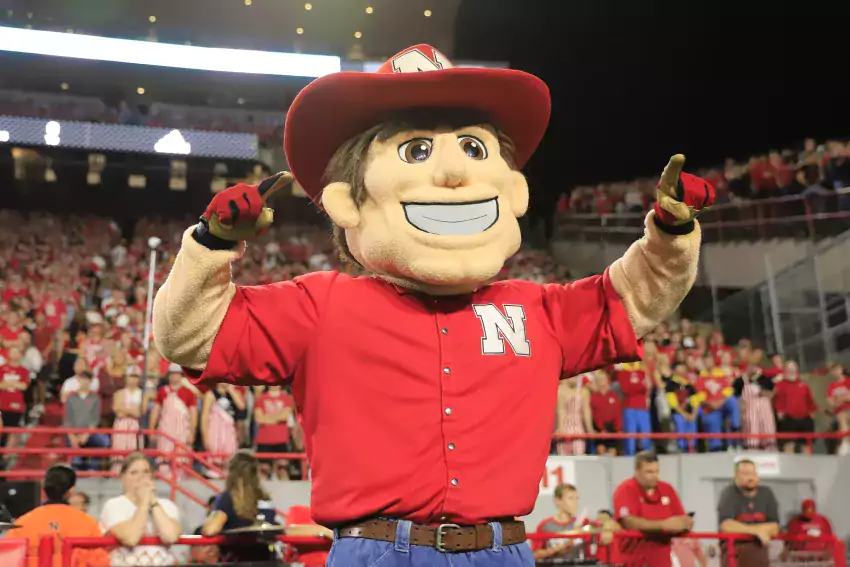
With Michigan's non-conference schedule behind them I thought we'd look ahead to their next Big Ten opponent, and their interesting defensive system. Nebraska's new defensive coordinator Tony White runs a Rocky Long 3-3-5. We've come across this defense before—even installed a version of it 14 years ago. A different branch of it is the basis of the TCU and Ohio State defenses that felt frustrating to play against despite Michigan putting up loads of points in those games.
The Nebraska edition—the 3-3-5 stack—is about as pure of a 3-3-5 as you're going to find in today's modern, Everybody's Multiple age. And it's hard to argue with White's results with it thus far. Bill Connelly has them 28th in defensive SP+ this year, up from 61st in 2022. They're already up to 14 sacks after finishing with 21 and 20 the last two seasons, and are holding opponents to just 5.02 YPA (sacks included) passing and 3.32 YPC (sacks removed) on the ground. In their four games, the defense should have led to a victory at Minnesota, kept them in the Colorado game, and defeated a pair of G5 teams despite offensive struggles.
Where's this coming from? Everywhere.
[AFTER THE JUMP: Stack is back]
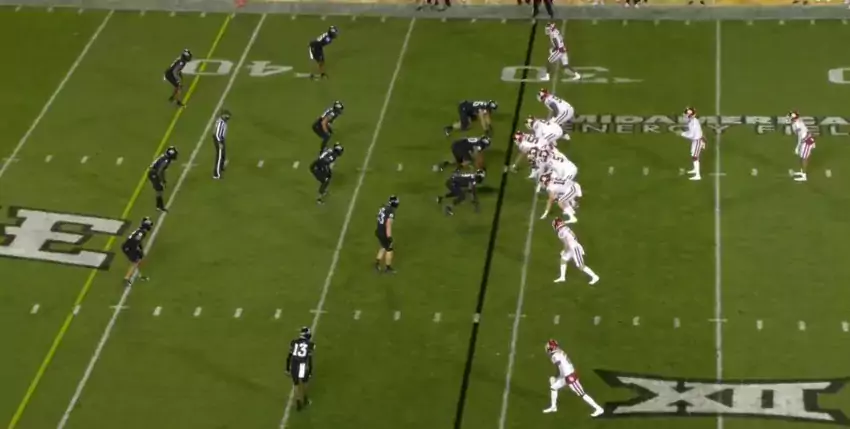
[This article was originally published on December 15, 2020. Two years and two weeks ago Michigan was in search of a new defensive coordinator, and possibly about to be in search of a head coach. The hottest new defense for stopping the hot new spread offenses proliferating through the Big XII was that pioneered by Iowa State's Matt Campbell and his DC Jon Heacock, who were the hottest names at the time for Michigan's opening/hypothetical opening. That was enough, at the time, for your hot new football strategies-obsessed author to write a primer on the defense, what personnel it uses, and how it works.
This 3-3-5 Flyover defense has since been adopted, more or less intact, by TCU coordinator Joe Gillespie. TCU runs it with "more interchangeable" linebackers, which is to say they couldn't find a faster WLB to fulfill that role. This relative lack of athleticism in the ILBs in a system that demands it from at least one of them is the reason why, as Alex Drain identified in FFFF, TCU has struggled with receiving RBs, passes up the seam, and edge attacks when their LBs are whipped in different directions.
I am republishing this article as a companion piece to Alex's film analysis so you can understand better what they're trying to do, and how that's led to many of the things Alex observed. Plus, only 5,160 of you read that piece, which is about how many read my CMU preview yesterday, if you're wondering how the football of the last two years has affected MGoBlog traffic. ICYMI the first time, here's the Soup Defense.]
------------------------------
Iowa State head coach Matt Campbell and his defensive coordinator Jon Heacock were hot names in coaching circles long before Michigan fans began to consider bringing both or one them to Ann Arbor. I don't know if that's happening—honestly I'd place the odds under 10 percent. But it's a good excuse to talk about their three-high "Cyclone" or "Flyover" defense, why it's been successful against the high-flying spreads of the Big XII, and what offenses are doing to adapt to it.
THE NATURAL HISTORY OF FOOTBALL DEFENSE
When football was young, you could barely tell which side was on offense. But the advent of the single-wing caused spacing problems, solved when Michigan center Germany Schulz moved himself off the line of scrimmage. The 6-2 defense was originally just an anti-spread weapon but gradually became the base of most teams.
Virtually every defensive evolution since has followed this same pattern of converting thicker players up front into leaner and faster players further from the line of scrimmage. The 5-3 came about when they had to move a guard back to create a third linebacker to stop the Wing-T and early passing offenses. When pocket passing became possible due to rule changes, defenses answered by using hybrid linebackers as second safeties, then bowed to inevitable and called them safeties; the 5-2 was born. When that wasn't enough speed they converted the 5-2 variants into the 3-4 (replace both DEs with LBs) or 4-3 (replace the NG with a 3rd LB). Spread football in the early 21st century replaced fullbacks and 2nd tight ends with slot receivers, forcing defenses to become every-down 3-3-5 and 4-2-5 nickels.
That's where we've been.
THE PROBLEM
The reason ISU went to this defense was the Big XII is home to the spreadiest of the spreadiest. Tom Herman at Texas, Lincoln Riley of Oklahoma, Mike Gundy of Oklahoma State, Chris Klieman of Kansas State, Matt Wells of Texas Tech, and the offense WVU's Neal Brown inherited are all state-of-the-art spreads based on 4-wide sets, and stretching you vertically and horizontally. Baylor's Dave Aranda and TCU's Gary Patterson are defensive guys at heart but their OCs run similar spreads. Only Les Miles of Kansas—figures, right?—runs an offense more predicated on Bo's principles of moving people where you want them.
[After THE JUMP: The next evolution?]
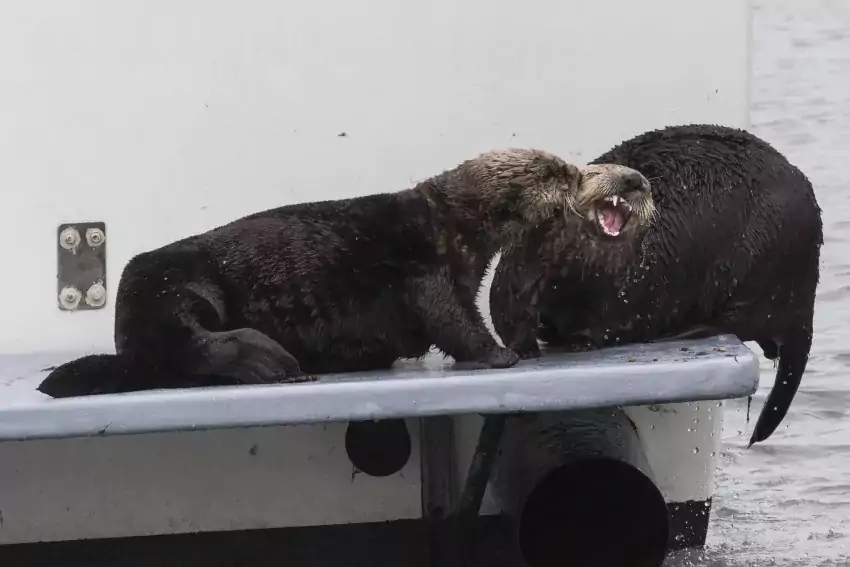
FORMATION NOTES: MSU was still very MSU in this game, alternating between shotgun and single-back formations from under center. They frequently looked like crack-sweep era Harbaugh, although no crack sweeps came out:
Michigan is in a four man front with Barrett (23) lined up as a SAM; this was their most common look but they used their usual array of three man fronts with a lot of weird stuff that doesn't work very well. Safety count and depth varied wildly. You'll note that on the above snap Michigan's deepest player is at seven yards.
For much of the second half they were two-high and shot someone down; cover two safeties getting over the top of routes at the sideline did not happen.
SUBSTITUTION NOTES: On the DL, Paye and Hutchinson were almost omnipresent. Vilain and Upshaw got avfew snaps each. Ojabo also got in but as a SAM. DT rotated between Kemp, Jeter, Hinton, and Welschof with Kemp by far the most used.
VanSumeren got 15 snaps as the 3-3-5 SAM; as mentioned Ojabo was out there as a SAM but only on passing downs.
At LB, Ross and McGrone ominpresent until McGrone went out, and then Shibley was in for McGrone the whole way. Similar situation at viper, where Barrett got almost every snap until going out late; Solomon got the last few drives.
In the secondary, Hill, Green, and Hawkins got every snap. Gray got replaced by Perry in the third Q. Paige got a dozen or so snaps as a fifth DB.
[After THE JUMP: I have no expectation you will click, it's okay]
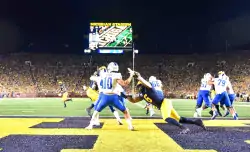
Donny was hot for my deal, wasn't he?


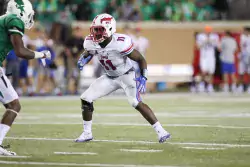
57